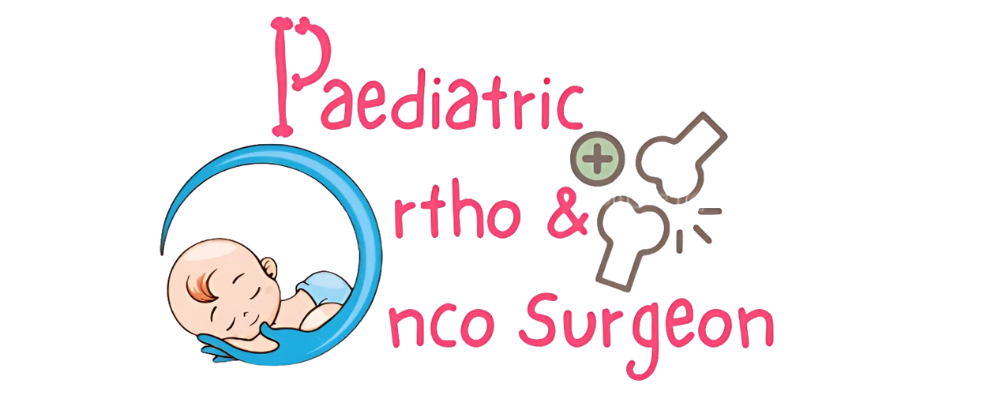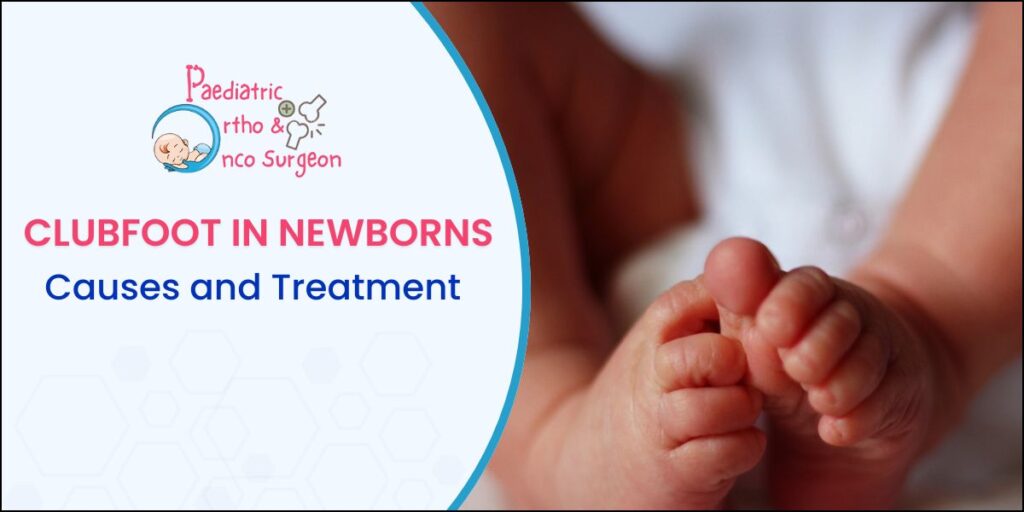The birth of a child is a moment of immense joy. However, for some parents, that joy can be mixed with concern if they notice their newborn’s foot turned inward and downward. This common condition, known as clubfoot (or Talipes Equinovarus), affects approximately 1 in every 1,000 babies. While the sight can be alarming for new parents, it’s crucial to know that clubfoot is highly treatable, especially with early intervention.
What is Clubfoot?
Clubfoot is a congenital foot deformity where a baby’s foot is twisted out of its normal position. It is not a painful condition for the infant but, if left untreated, can lead to significant difficulty walking and long-term disability. The foot typically appears to point downward (equinus) and turn inward (varus), with the sole facing sideways or even upward. It can affect one foot (unilateral) or both feet (bilateral).
What Causes Clubfoot in Newborns?
The exact cause of clubfoot is not always known, but it is primarily considered an idiopathic condition, meaning it arises without a clear reason. However, research points to a combination of genetic and environmental factors:
- Genetics: Clubfoot often runs in families. If a parent or a sibling had clubfoot, the newborn has a higher risk of having it.
- Environmental Factors: Certain factors during pregnancy, such as smoking or viral infections, may increase the risk.
- Other Conditions: In some cases, clubfoot can be associated with other neuromuscular conditions like spina bifida or arthrogryposis.
It is important to understand that clubfoot is not caused by the baby’s position in the womb.
Effective Clubfoot Treatment: The Gold Standard
The goal of treatment is to achieve a functional, pain-free foot that looks normal and allows for a full range of motion. The good news is that surgery is rarely the first option anymore.
The Ponseti Method is the internationally recognized gold standard for clubfoot treatment. This non-surgical technique has a success rate of over 95% when performed correctly and followed diligently.
The process involves two main phases:
-
Casting Phase: A specialist, like a pediatric orthopedic surgeon, will gently stretch the baby’s foot toward the correct position and apply a long-leg cast to hold it. This process is repeated weekly for about 5-8 weeks, with each cast gradually correcting the alignment.
-
Bracing Phase (The Most Critical Step): After the final cast, a minor procedure (a tenotomy) is often performed to release the Achilles tendon. This is followed by the most crucial part: bracing. The child must wear a special foot abduction brace for a prescribed number of hours each day (usually full-time for 3 months, then at night and nap times for up to 4-5 years). Adherence to bracing is essential to prevent relapse.
Finding the Right Care: Why a Specialist Matters
Successful clubfoot correction requires expertise and experience. Choosing a doctor who specializes in the Ponseti Method is the single most important decision you can make for your child’s outcome.
For parents in the region, Dr. Vinod Dubey is widely recognized as a leading pediatric orthopedic doctor in Thane, Mumbai. With extensive experience in managing complex pediatric orthopedic conditions, including clubfoot, Dr. Dubey is dedicated to providing compassionate, evidence-based care using the Ponseti protocol. His approach ensures that children not only achieve correction but also go on to lead active, normal lives.
Meet Dr. Vinod Dubey – Leading Pediatric Orthopedic Doctor in Thane, Mumbai
A diagnosis of clubfoot can feel overwhelming, but it is important to remain positive. With early diagnosis and expert treatment, children with clubfoot can run, play, and participate in sports just like their peers. The journey requires commitment, especially during the bracing phase, but the result—a healthy, functional foot—is well worth the effort.
If you have concerns about your child’s foot development, do not hesitate to seek a consultation with a specialist. Early intervention is key to a successful correction.
Frequently Asked Questions about Clubfoot Correction
1. What is the main cause of clubfoot?
The primary cause of clubfoot (Talipes Equinovarus) is often idiopathic, meaning it arises from a combination of genetic and environmental factors without a single known cause. It is frequently linked to family history, making genetics a significant factor. It is not caused by the baby’s position in the womb.
2. Can clubfoot be corrected?
Yes, clubfoot can be successfully corrected in the vast majority of cases. The gold standard treatment is the non-surgical Ponseti Method, which involves gentle manipulation, casting, and bracing. This method, championed by specialized pediatric orthopedic doctors like Dr. Vinod Dubey in Thane, has a success rate of over 95% when protocols are followed correctly.
3. Is clubfoot a disability?
If left completely untreated, clubfoot can become a disability, causing difficulty walking, pain, and long-term mobility issues. However, with modern early intervention and proper treatment by a pediatric orthopedic specialist, children achieve full, normal function. Treated clubfoot is not considered a disability, and children can run, play sports, and lead active lives.

